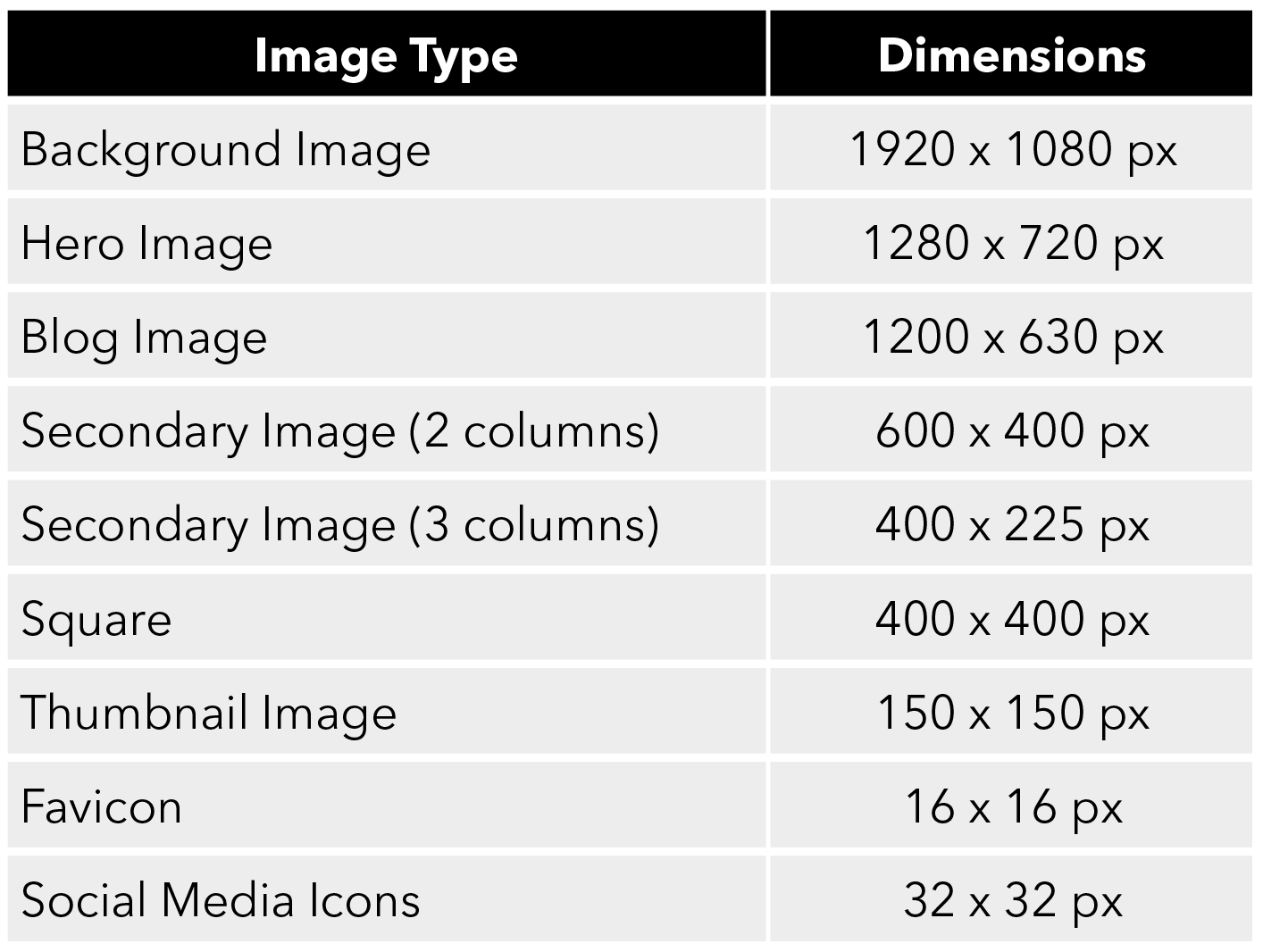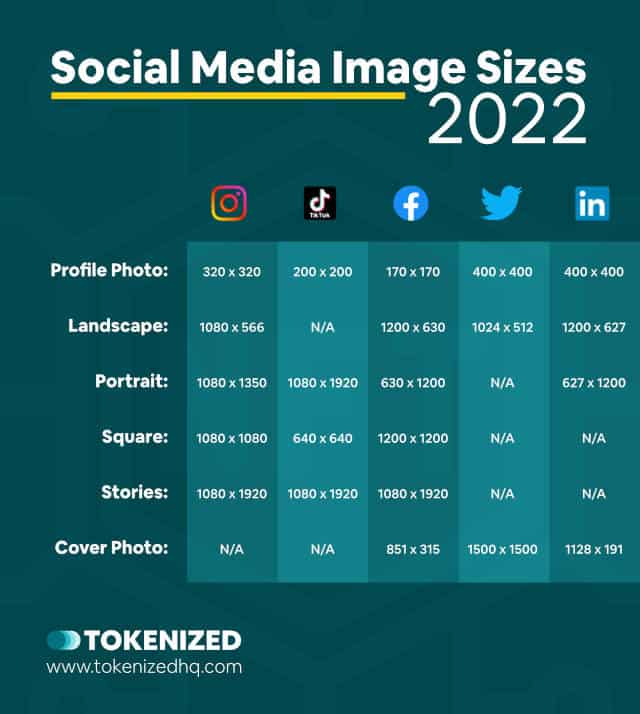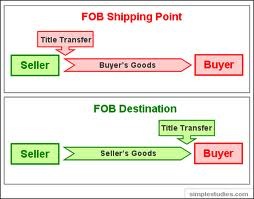The Perfect MB Size for Your Website's Background Videos

In the world of web design, creating an immersive and engaging user experience is key to capturing and retaining user attention. One powerful tool in a designer's arsenal is the use of background videos on websites. These visually appealing elements can enhance the overall aesthetic and convey a brand's message effectively. However, the choice of video size, specifically the MB size, is a crucial factor that impacts both the visual appeal and the performance of a website.
In this article, we delve into the intricacies of selecting the perfect MB size for your website's background videos. By exploring various factors, including file formats, compression techniques, and device compatibility, we aim to provide a comprehensive guide to help you make an informed decision. Through real-world examples and industry insights, we'll uncover the optimal MB size that strikes the right balance between visual quality and website performance.
Understanding the Impact of Video Size

Before diving into the specifics of MB size, it’s essential to grasp the significance of video size in web design. Large, high-quality videos can undoubtedly enhance the visual appeal of a website, creating a captivating user experience. However, if not optimized correctly, these videos can become a burden, leading to slow page load times and a negative impact on user experience.
The primary challenge lies in finding the sweet spot where the video maintains its visual integrity while ensuring smooth website performance across various devices and connection speeds. This is where the careful selection of MB size comes into play, allowing designers to achieve the desired visual impact without compromising the user's experience.
File Formats and Their Influence
The choice of file format is a critical aspect when considering video size. Different formats have varying levels of compression, which directly impact the final MB size of the video. Common video formats used for web design include MP4, WebM, and OGV. Each format has its advantages and disadvantages, and the selection should be based on the specific needs of the project.
| File Format | Description |
|---|---|
| MP4 | A widely supported format, offering good compression and compatibility with various devices and browsers. However, it may not provide the highest visual quality for a given MB size. |
| WebM | Known for its high compression efficiency, WebM can achieve smaller file sizes while maintaining good visual quality. It is an open-source format, making it a popular choice for web developers. |
| OGV | The OGV format is an open-source container format based on the Ogg format. It offers high-quality compression and is supported by modern browsers. However, its compatibility with older browsers may be limited. |
When selecting a file format, it's crucial to consider the target audience and their device usage. While some formats may offer better compression, they might not be universally supported, potentially leading to compatibility issues. On the other hand, formats with higher visual quality may result in larger file sizes, impacting website performance.
The Role of Compression Techniques
Compression techniques play a vital role in reducing the MB size of videos without compromising their visual quality. Advanced compression algorithms can significantly reduce file sizes, making them more suitable for web usage. Common compression techniques include H.264, H.265 (HEVC), and VP9.
| Compression Technique | Description |
|---|---|
| H.264 | H.264 is a widely used compression standard, offering good balance between compression efficiency and visual quality. It is supported by most modern browsers and devices, making it a popular choice for web videos. |
| H.265 (HEVC) | H.265, also known as High Efficiency Video Coding (HEVC), provides even higher compression efficiency compared to H.264. It can achieve smaller file sizes while maintaining visual quality. However, H.265 may not be supported by older devices and browsers. |
| VP9 | VP9 is an open-source compression format developed by Google. It offers excellent compression efficiency and visual quality. VP9 is supported by modern browsers, making it a suitable choice for web videos. |
The selection of compression techniques should be guided by the target audience's device capabilities and browser support. While H.264 provides good compatibility, H.265 and VP9 offer advanced compression capabilities, making them suitable for high-quality videos with smaller file sizes.
Optimizing Video Size for Different Devices

The diverse range of devices and screen sizes that users access websites on presents a unique challenge when it comes to video optimization. To ensure an optimal user experience, it’s essential to consider the capabilities of different devices and tailor the video size accordingly.
Mobile Devices: Balancing Quality and Performance
Mobile devices, such as smartphones and tablets, have become a primary means of accessing the web. When optimizing videos for mobile, the focus should be on achieving a balance between visual quality and performance. Mobile devices often have limited processing power and network connectivity, making it crucial to reduce the MB size of videos without sacrificing visual appeal.
One effective strategy is to utilize adaptive streaming, where the video is delivered in multiple quality levels. By detecting the user's device and network conditions, the website can serve the most appropriate video quality, ensuring smooth playback without excessive data usage.
Additionally, considering the context of the video's usage on mobile devices is essential. For instance, a video background on a mobile app's landing page may have different requirements compared to a video embedded within an article. The MB size should be optimized based on the expected user behavior and device capabilities.
Desktop Devices: Maximizing Visual Impact
When it comes to desktop devices, the primary goal is often to maximize visual impact. Users accessing websites on desktops or laptops typically have faster internet connections and more powerful hardware, allowing for higher-quality videos. However, it’s still crucial to consider the overall performance of the website and ensure that the video size doesn’t negatively impact page load times.
For desktop devices, it's recommended to use higher MB sizes to maintain visual quality. This can be achieved by optimizing the video for larger screen resolutions and utilizing advanced compression techniques to reduce file sizes without compromising visual fidelity. Additionally, considering the device's processing power and memory capabilities can help determine the appropriate MB size for optimal performance.
Analyzing Real-World Examples
To gain a deeper understanding of the impact of video size on website performance, let’s analyze some real-world examples. These case studies will provide valuable insights into the challenges and successes of optimizing background videos for different projects.
Case Study: E-commerce Website
An e-commerce website aimed to enhance its user experience by incorporating background videos on product pages. The goal was to create an immersive shopping environment while ensuring fast page load times. The initial videos, with an average MB size of 10 MB, resulted in slow loading times, particularly on mobile devices.
By optimizing the videos using advanced compression techniques and adapting the file format, the website achieved a significant reduction in MB size while maintaining visual quality. The optimized videos, with an average size of 5 MB, improved page load times, resulting in a smoother user experience and increased customer satisfaction.
Case Study: Corporate Website
A corporate website aimed to showcase its brand through an engaging video background on its homepage. The initial video, with a high MB size of 20 MB, caused performance issues on older devices and slower internet connections. The website’s goal was to maintain a high-quality visual experience without compromising accessibility.
Through careful optimization, the website reduced the MB size to 12 MB while retaining the desired visual impact. This was achieved by utilizing a combination of file format optimization and selective compression techniques. The optimized video maintained its visual quality, ensuring a seamless user experience across different devices and connection speeds.
Future Implications and Emerging Trends
As technology advances, the landscape of web design and video optimization continues to evolve. Keeping up with emerging trends and technologies is crucial to stay ahead in the competitive world of web development.
The Rise of 4K and HDR Videos
With the increasing popularity of high-resolution displays and the advancement of video technologies, the demand for 4K and HDR videos is on the rise. These formats offer exceptional visual quality, providing a cinematic experience for users. However, the larger file sizes associated with 4K and HDR videos pose a challenge for web usage.
To accommodate these high-quality videos, advanced compression techniques and efficient encoding methods are being developed. Additionally, the use of adaptive streaming and dynamic delivery systems ensures that users receive the most appropriate video quality based on their device capabilities and network conditions.
AI-Powered Video Optimization
Artificial Intelligence (AI) is revolutionizing various aspects of web development, and video optimization is no exception. AI-powered tools and algorithms can analyze videos, optimize their compression, and enhance their visual quality. These technologies can automatically adjust the MB size based on the content of the video, ensuring optimal performance and visual impact.
Furthermore, AI-powered optimization can adapt the video to different devices and screen sizes, ensuring a seamless user experience. By leveraging machine learning algorithms, these tools can continuously improve their optimization techniques, making video backgrounds more accessible and visually appealing.
Conclusion: Finding the Perfect Balance

The selection of the perfect MB size for your website’s background videos is a delicate balance between visual quality and website performance. By considering factors such as file formats, compression techniques, and device compatibility, you can achieve an optimal user experience. Real-world examples and emerging trends further emphasize the importance of staying informed and adaptable in the ever-evolving world of web design.
Remember, the key to success lies in understanding your target audience, their devices, and their expectations. By optimizing your videos accordingly, you can create an immersive and engaging user experience that leaves a lasting impression.
FAQ
How does video size impact website performance?
+Large video files can slow down website loading times, especially on mobile devices with limited processing power and network connectivity. Optimizing video size ensures faster load times and a smoother user experience.
What is the recommended MB size for mobile devices?
+For mobile devices, it’s recommended to keep video sizes below 5 MB to ensure fast loading times and an optimal user experience. Adaptive streaming can further enhance performance by serving different video qualities based on device capabilities.
How can I optimize video size without compromising visual quality?
+Utilize advanced compression techniques such as H.265 or VP9, which offer high compression efficiency without sacrificing visual quality. Additionally, consider using adaptive streaming to deliver the most appropriate video quality to different devices.
What file formats are recommended for web videos?
+MP4, WebM, and OGV are commonly used file formats for web videos. MP4 offers good compatibility, while WebM and OGV provide higher compression efficiency. The choice depends on the specific needs of your project and target audience.



